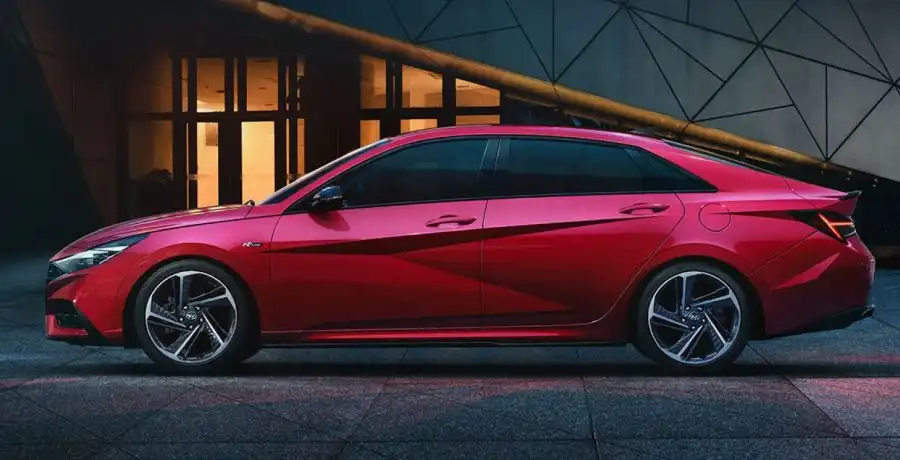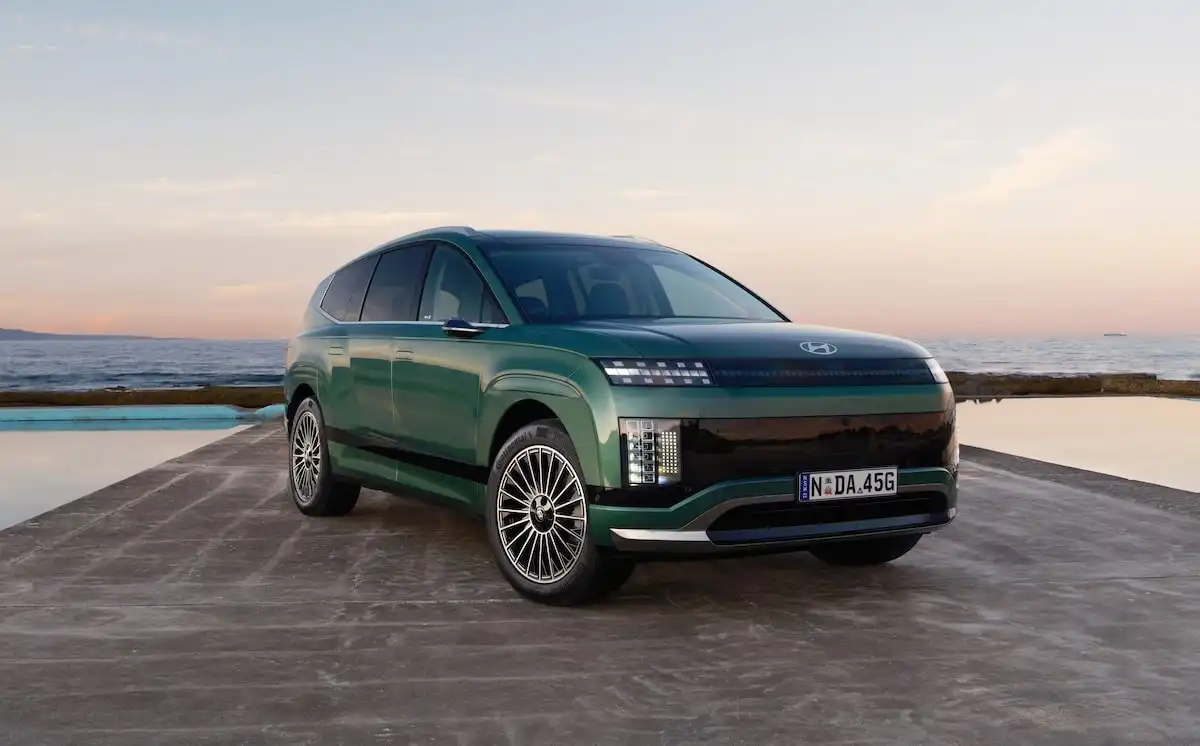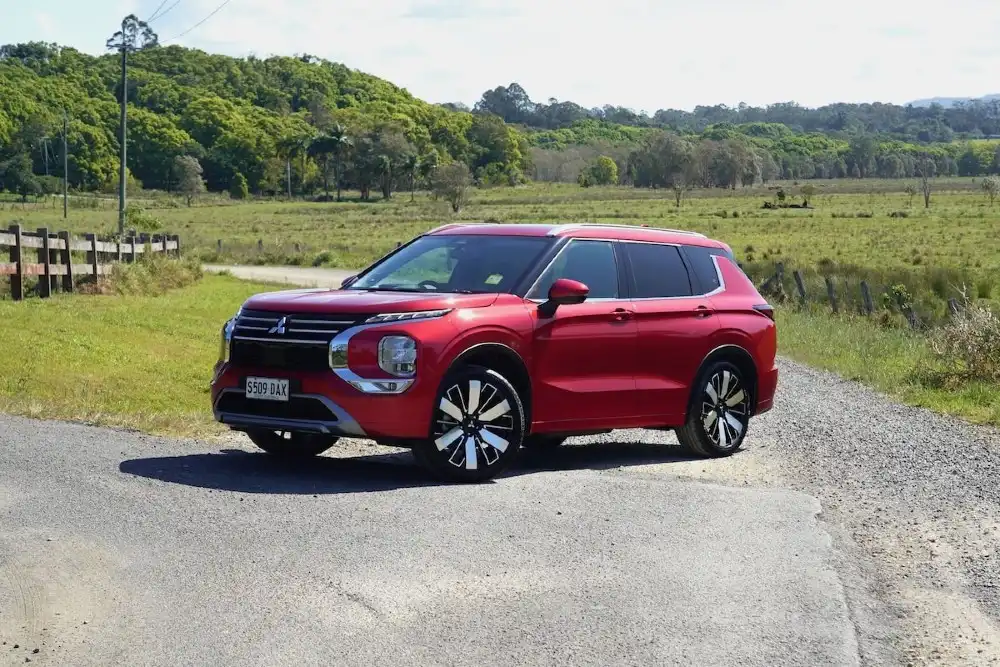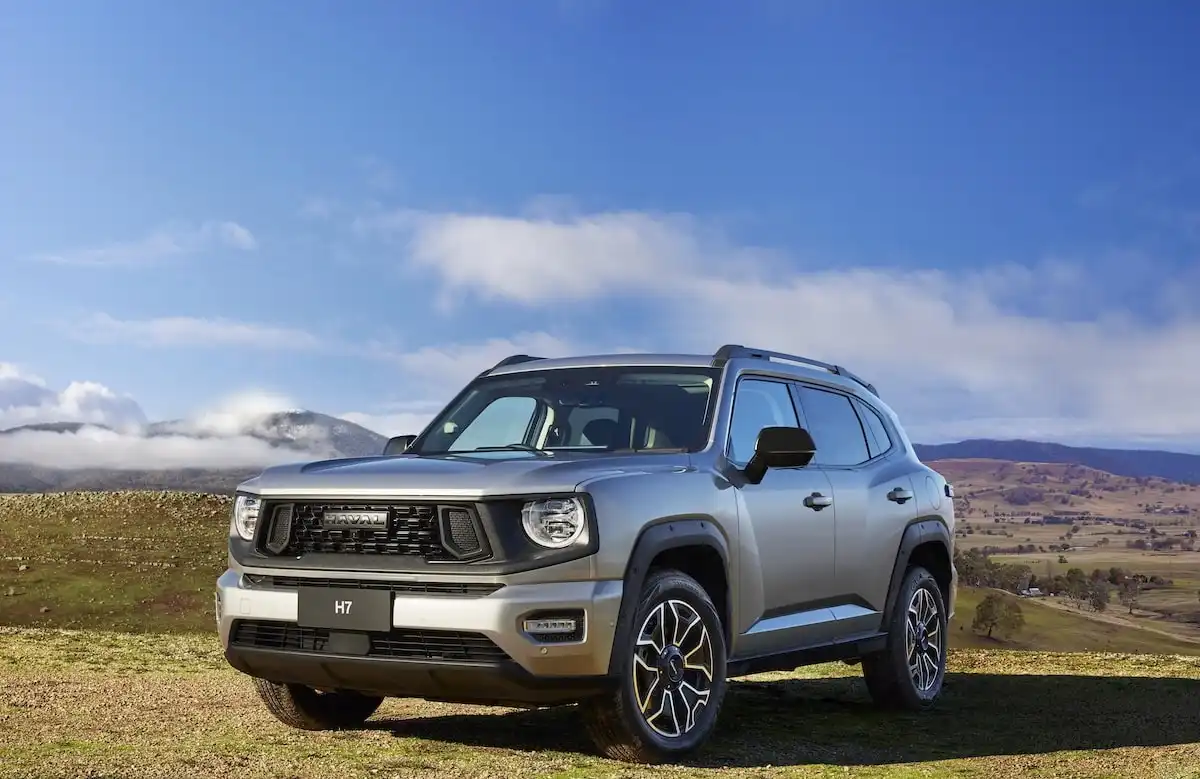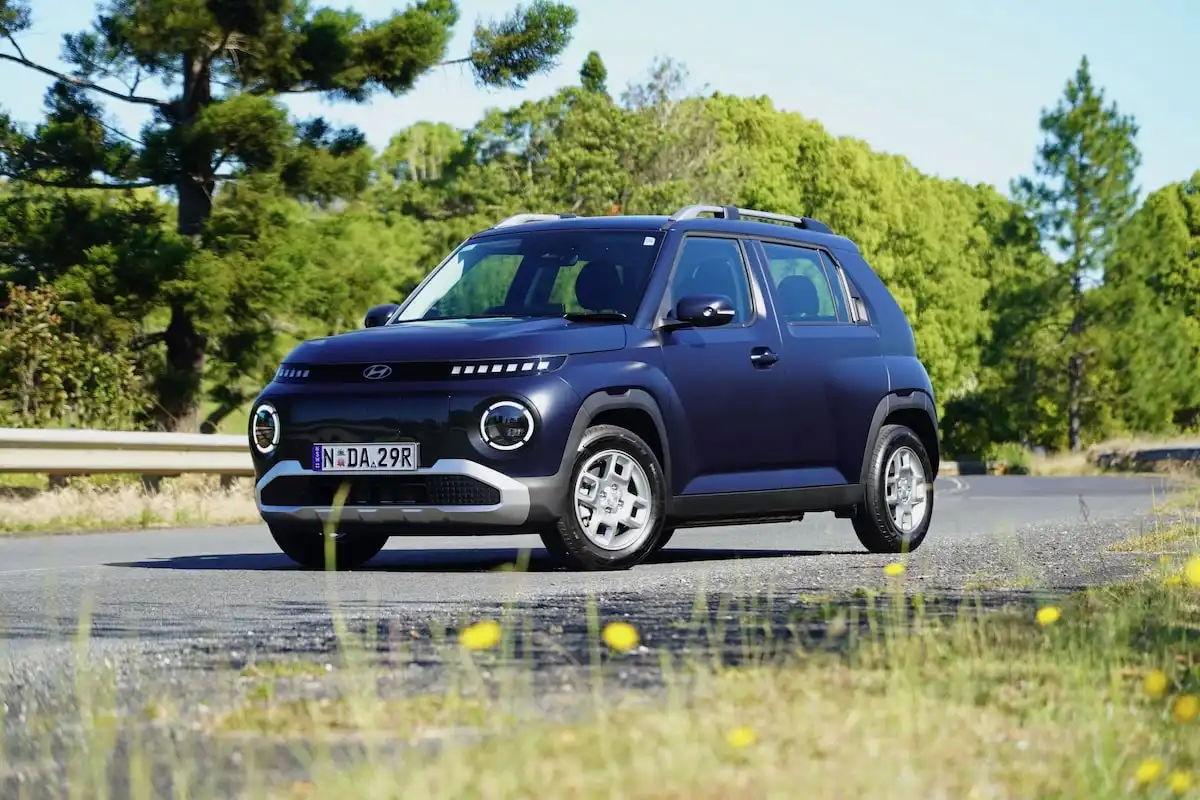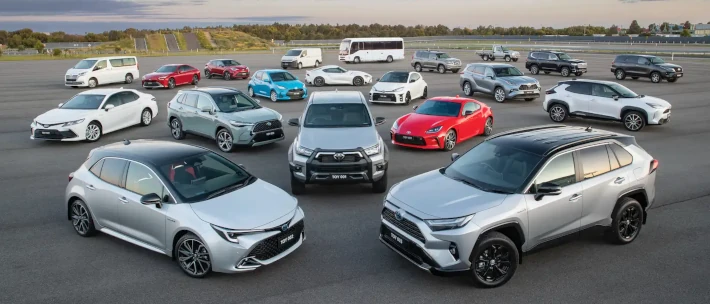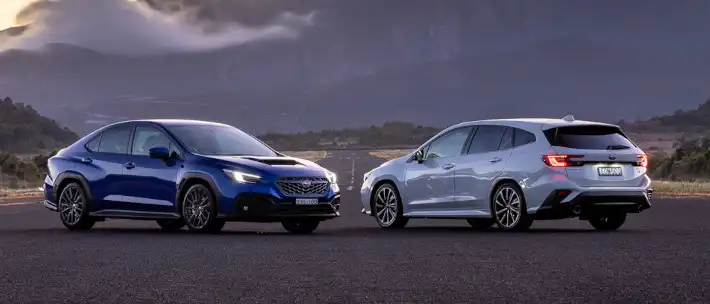With buyers flocking toward SUV packages, sedans have been overshadowed in recent years, though they remain a great option for growing families that is far more fun to drive.
Just how good is the latest 2023 Hyundai i30 sedan? Let’s take a closer look to find out.
Hyundai I30 Sedan Competition
Hyundai I30 Sedan |
VS |
Mazda 3 |
| Kia Cerato | ||
| Toyota Corolla | ||
| Honda Civic | ||
| Subaru Impreza | ||
| Toyota Camry |
How Much Does It Cost?
The Hyundai i30 Sedan range kicks off from $26,000 for the entry-level i30 Active manual, while the i30 Active automatic is priced at 28,000.
Stepping up to the i30 Elite brings the price up to $32,000, while the i30 N Line manual is priced at $32,00, the N Line automatic is priced at $34,000, while opting for the i30 N Line Premium automatic brings the price up to $39,000.
How Much Can OnlineAuto Save You?
Using OnlineAuto’s car purchasing service, one of our car specialists can help you save and find the best value model for you.
Hyundai i30 (N LINE) Specifications
| Model Date | 2023 |
| Make | HYUNDAI |
| Model | i30 |
| Series | CN7.V1 MY23 |
| Variant | N LINE |
| Body | 4D SEDAN |
| Fuel type | UNLEADED PETROL |
| Transmission | 7 SP AUTO DUAL CLUTC |
| Drive | FWD |
| Engine | TGDi |
| Engine capacity | 1598 |
| Engine configuration | VARIABLE DOUBLE OVERHEAD CAM / 16 valves |
| Engine RPM | 6000 / 1500 |
| Cylinders | T4 |
| Torque | 265 |
| KW | 150 |
| Fuel tank size | 47.0 |
| Fuel usage specs | 6.8 / 0 |
| CO2 | 157 |
| ANCAP security rating | Unrated |
Get in touch with one of our Car Buying Specialists today.
Request a quoteWhat Features Does the Hyundai i30 Sedan Have?
The entry-level Hyundai i30 sedan Active comes riding on a set of 17-inch alloys and picks up adaptive cruise control, leather upholstery, a rear-view camera with rear-mounted parking sensors, wireless phone charging and an 8.0-inch infotainment system with Apple CarPlay & Android Auto.
Stepping up to the i30 sedan N Line adds automatic LED head & tail lights, keyless entry & start, dual-zone climate control and some added safety features.
The i30 sedan Elite picks up an upgraded 10.25-inch infotainment system and a 10.25-inch digital instrument cluster, as well as a powered boot lift, ambient lighting and a two-tone interior finish.
Finally, the range-topping i30 sedan N Line Premium adds a power-adjustable driver’s seat, panoramic sunroof, front-mounted parking sensors and a set of heated & ventilated front seats.
Range Features:
-
17-inch alloys
-
Adaptive cruise control
-
Leather upholstery
-
Rear-view camera with rear parking sensors
-
Wireless phone charging
-
8.0-inch infotainment system with Apple CarPlay & Android Auto
-
Automatic LED head & tail lights (N Line)
-
10.25-inch infotainment display (Elite)
-
10.25-inch digital instrument cluster (Elite)
-
Powered boot lift (Elite)
-
Power-adjustable, heated & ventilated front seats (N Line Premium)
-
Panoramic sunroof (N Line Premium)
Is the Hyundai i30 Sedan Comfortable to Drive?
As we’ve seen with the i30 hatch, Hyundai has done a great job when it comes to the overall ride comfort for Australian roads, and the i30 sedan feels every bit as confident.
Within the range, there’s a 2.0-litre four-cylinder powered the Active and Elite variants, which kicks out 117kW of power and 191Nm of torque to the front wheels via a six-speed manual or automatic transmission.
Upgrading to the N Line or N Line Premium adds Hyundai’s perkier 1.6-litre turbocharged four-cylinder unit that produces 150kW of power and 265Nm of torque paired with your choice of a six-speed manual or seven-speed dual-clutch transmission.
Performance in the base model is perfectly fine for the majority of buyers needs, though upgrading to the 1.6-litre turbocharged unit is a great way to add some fun and excitement to the mix.
That’s largely because Hyundai’s suspension package for the i30 Sedan handles fabulously on a mix of town and country driving, remaining smooth on rougher surfaces while minimising body roll in the corners.
This makes it quite an impressive little handler for a front-wheel drive package, and while it’s not a sports car, it’s certainly not boring when powered by the 1.6-litre turbo.
Better yet, the i30 Sedan remains smooth and comfortable while cruising around town, feeling far more refined than its price tag might suggest.
Town driving is made easier by a featherweight steering rack that makes low-speed turns and parking a simple task, making the sedan every bit as accessible, smooth and user-friendly as its more compact hatchback sibling.
Is it Fuel Efficient?
The Hyundai i30 sedan range offers fuel economy figures of 7.0L per 100km on a combined cycle with the base 2.0-litre four-cylinder powering the Active and Elite.
The 1.6-litre turbocharged unit makes for the most fuel-efficient engine option, with consumption figures of 6.8L/100km on a combined cycle, making it by far the engine of choice for power and fuel economy - though figures do increase to 7.5L/100km in turbocharged manual variants.
Is it Practical and Spacious?
The i30 sedan offers a surprisingly refined cabin, even in the base model, and makes for a wonderfully spacious and practical sedan that very much rivals the passenger experience in a larger SUV.
Up front, the driver and front passenger are seated quite low, though the driving position can be adjusted to help you get a better view over the dashboard, while the layout feels extremely premium for the money.
Splitting the cabin is a substantial centre console that houses a storage tray behind the gear lever, a pair of cup holders and storage inside the folding armrest, with a handful of buttons for the climate control dials that are easy to access.
Move to the rear of the cabin and things remain impressive when it comes to second-row legroom, with slightly more acreage on offer than the i30 hatch.
While headroom is slightly impacted by the sloping roofline design, there’s more than enough room for adults in the rear, with the second row also picking up ISOFIX anchors and three top tether mounts for child seats.
Finally, the i30 sedan has a boot measuring in at a generous 474L, marking a 79L premium over the i30 hatch, and best of all, there’s room for a full-sized spare tyre in the rear.
Is it Safe?
The Hyundai i30 Sedan does not have an official ANCAP safety rating, while its hatchback sibling has been awarded a five-star ANCAP safety rating.
As standard, the entry-level i30 sedan Active comes fitted with autonomous emergency braking with forward-collision warnings, cyclist & pedestrian protection, junction turning assist, lane-keep assist, driver attention monitoring and lane-follow assist.
If you’re looking for blind-spot monitoring, rear cross-traffic alerts and safe exit alerts, you’ll have to upgrade to the N line or Elite.
Our Verdict: Is The Hyundai i30 Sedan Worth it?
While the world might be moving away from sedans, the i30 Sedan is a great reminder of just how practical and fun a family-friendly package can be on the road.
It drives far better than any comparative SUV, offers similar - and in some cases superior - practicality and remains extremely well-priced here in Australia, remaining one of the best sedans on the market.
If you’re looking for a new car, be sure to reach out to one of our automotive specialists who can help find you the best possible price.
Five Specs You Need to Know
-
Five-year/unlimited-kilometre warranty
-
Two engines available with manual & automatic transmissions
-
6.8-7.5L/100km fuel economy figures
-
474L boot space
-
12-month/15,000km service intervals
Get in touch with one of our Car Buying Specialists today.
Request a quote